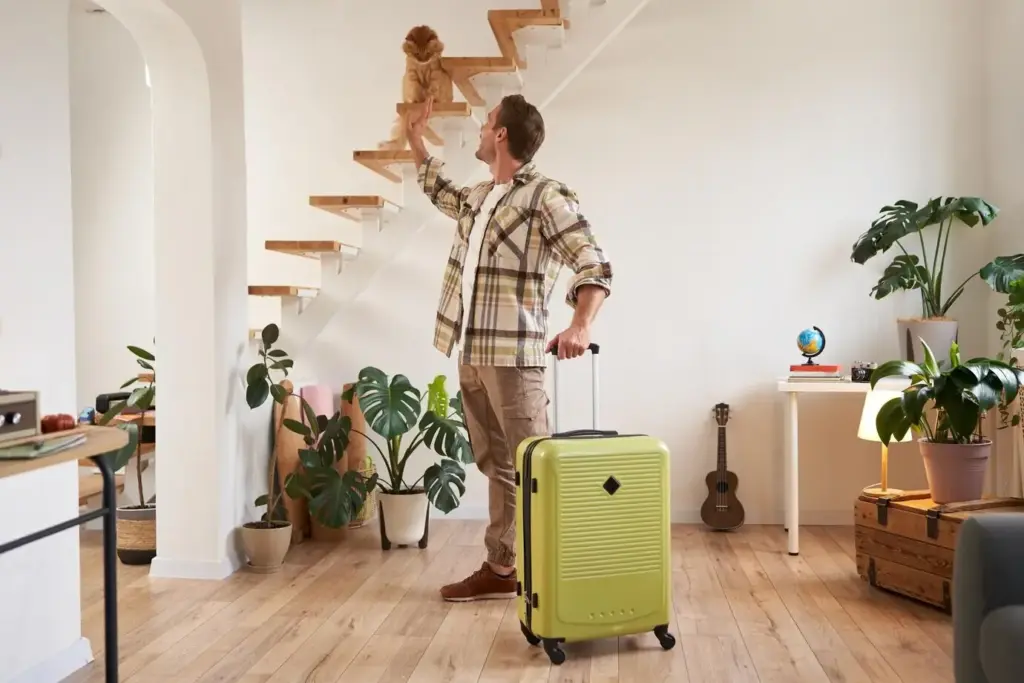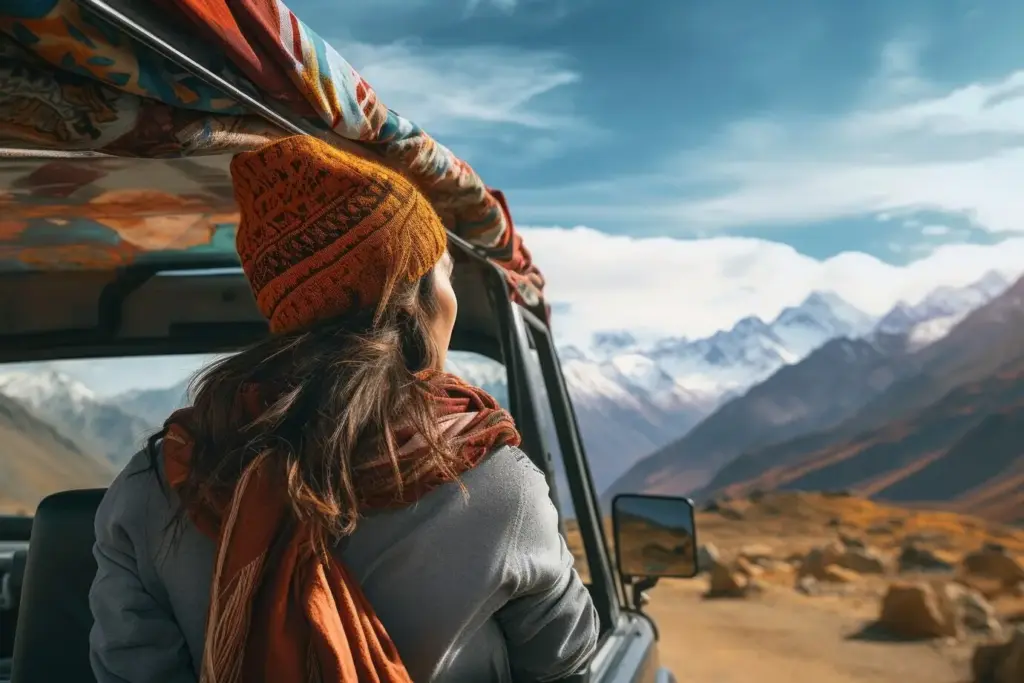Design the Ultimate Cross‑Border European Drive




Mapping a Smart Route Across Borders
Budgeting the Journey You’ll Actually Afford
Fuel, Tolls, and Vignettes Without Surprises
Stays, Parking, and City Charges
Cash, Cards, and Currencies
Documents, Rules, and Car Requirements
Vehicle Choice, Tech, and Smart Packing
Choosing the Car for Terrain and Cities
Urban cores reward nimble compacts, while highlands and remote valleys appreciate torque and ground clearance. Consider luggage volume, visibility, turn radius, and parking sensors. Automatic transmissions are common but not universal, so confirm in advance. Mind low‑emission zones and vehicle classifications that affect access. If you expect snow or steep grades, prioritize tires and braking over sheer horsepower. Describe your route and passengers below, and we’ll recommend a balanced vehicle class that matches your realities.
Navigation, Connectivity, and Offline Resilience
Even the best signal falters in tunnels and mountains. Download offline maps for multiple apps, star fuel stations and viewpoints, and print a one‑page overview as analog backup. EU eSIM plans can be affordable, but verify roaming with your provider. Carry a compact power bank, dual‑port charger, and sturdy windshield mount. Learn basic signage conventions, especially speed limits and priority rules. Tell us what tools you already use, and we’ll suggest complementary apps for redundancy.
EV Strategy and Cross‑Network Charging
Electric travelers thrive with foresight. Plot DC fast chargers along your corridor and book lodgings with overnight AC charging. Networks like IONITY, Fastned, and many Tesla Superchargers support broad access, while roaming cards help unify payments. Plan charging around meals and viewpoint walks to transform waits into highlights. Pack cables, adapters, and an RFID backup. Share your battery size and route style, and the community will recommend realistic legs with weather and elevation factored in.
Spring and Autumn for Balanced Crowds
Summer Highways and Mountain Passes
A Two‑Week Loop You Can Adapt
Safety, Etiquette, and Calm Confidence
Speeds, Roundabouts, and Road Culture
Motorways generally post 120–130 km/h limits, though sections of Germany’s Autobahn have no general limit yet recommend 130. Keep right except to pass, signal early, and respect roundabout priority. In towns, expect cyclists and trams to shape flows. Understand priority‑to‑the‑right signs on smaller roads. If a local flashes lights, it may be a polite alert, not aggression. Share any signage that confuses you, and we’ll decode it together with practical examples you can remember.
Healthy Habits and Emergency Readiness
Fatigue is the quiet saboteur. Rotate drivers, hydrate, and time coffee before a short walk to maximize alertness. Keep a first‑aid kit handy, plus a triangle and reflective vests. Save roadside assistance numbers and enable location sharing. If an incident occurs, ensure safety first, then document with photos. Many service areas offer showers and decent food; use them as resets. Tell us your longest planned driving day, and we’ll help refine segments for steadier focus.
Market Picnics and Roadside Feasts
Cafés, Conversations, and Local Wisdom
Keep a Road Journal Worth Re‑Reading
All Rights Reserved.